The Vibrant Folklore Culture in Peru
Peru is well known for the Inca Empire but Peru was also home to many other indigenous cultures before the Incas arrived. Peru has a diverse folklore due to the various influences of different cultures and the modern society, visible in the country’s music and dancing.
Here's an introduction to some of the culture and traditions associated with Peru.
Languages of Peru
A wide variety of native languages co-exist in Peru, a legacy of the incredible culture of ancient Peru. Although Spanish is the official language used throughout most of the country, Quechua is also recognised as an official language and spoken widely in the Andean regions.
Aymara is another of the country’s official languages, spoken in the southern Andes. The Amazon region has a number of native languages including Shipibo, Ashaninka and Aguaruna.
Highland Indians
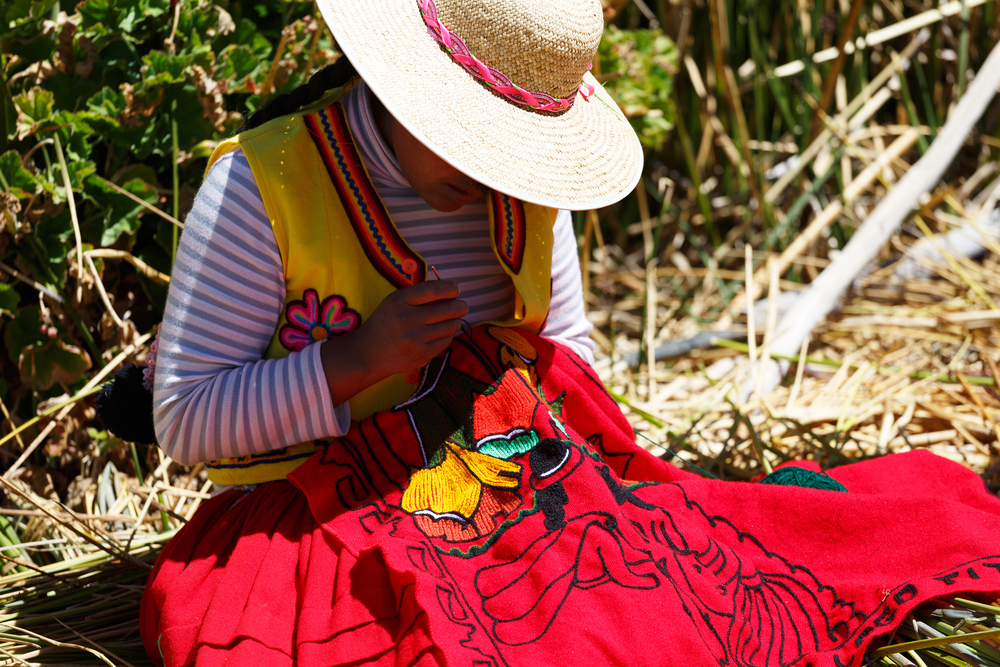
Peruvian culture varies greatly from one end of the country to the other. The highlands are home to millions of highland Indians who speak their own languages and maintain a very traditional way of life.
The Amazon Basin is home to remote tribes who have little or no contact with society, including the Mashco-Piro tribe who live in the remote rainforest regions of Manu National Park.
The Bowler Hat

Many Aymara women wear bowler hats and you may ask why? The tradition dates back to the 1920’s and legend says that a shipment of bowler hats was sent from Europe via Peru to Bolivia to be worn by Europeans who were working on the construction of the railways. The hats were too small for the Europeans and so were given to the indigenous people.
Folklore in Peru
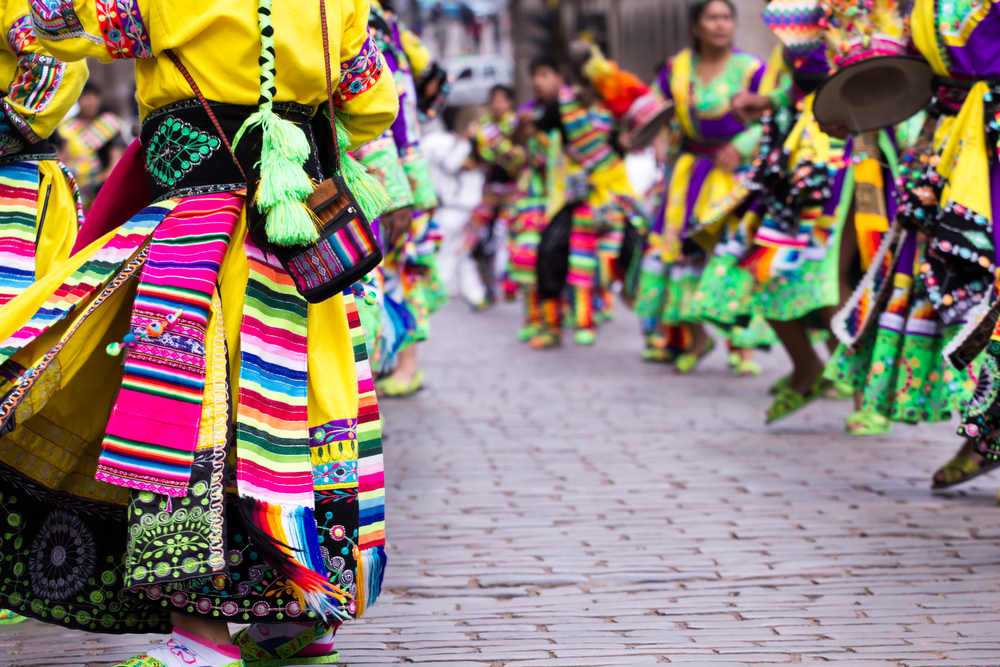
There are over 3,000 festivals in Peru each year resulting from the different beliefs and customs. There are festivals to honour patron saints, processions, carnivals and rituals, many with a mystical side to them and many the result of the fusion of Catholic and pre-Hispanic religious beliefs. Some well-known festivals including the following:
Inti Raymi
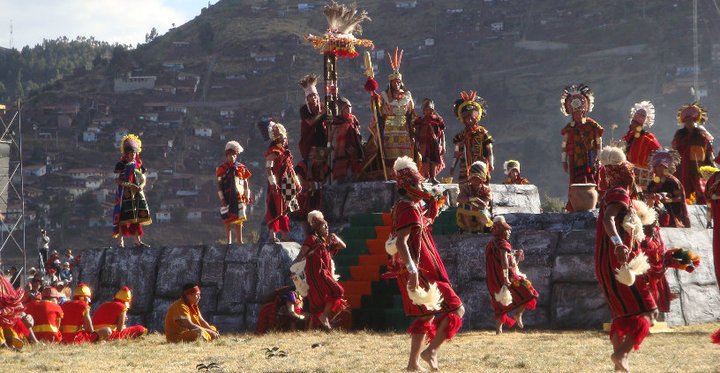
Held in Cusco, the Festival of the Sun is one of Peru’s main festivals celebrating the winter solstice and honouring the Inca sun god with music, dance and parades.
Virgen de la Candelaria
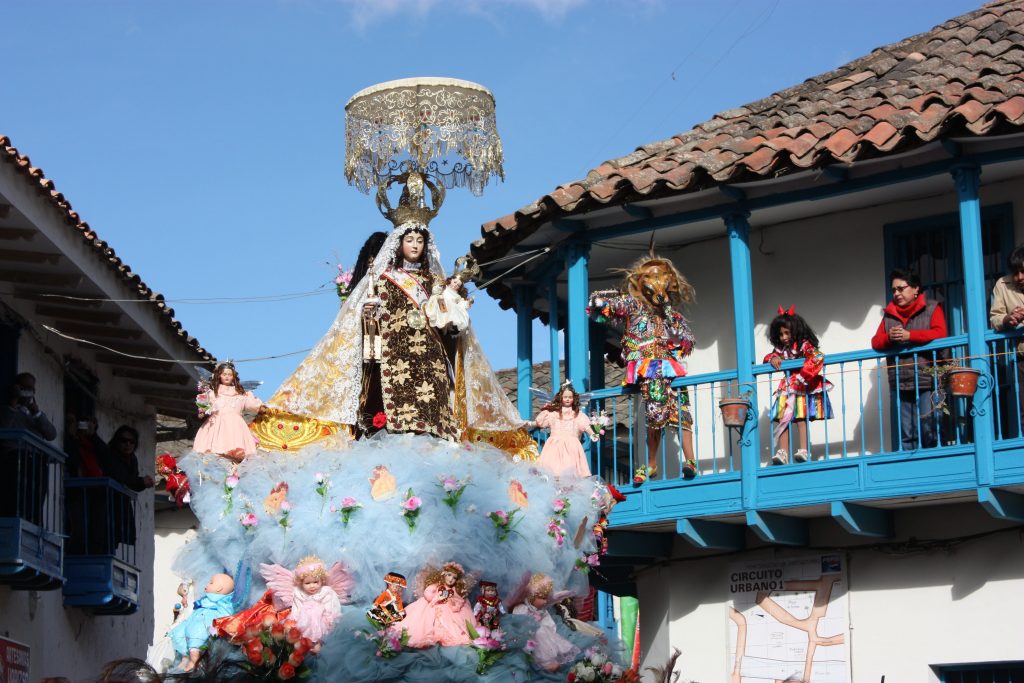
Held in Puno, this is one of the greatest religious folk festivals in South America featuring incredible costumes and masks, music and dance.
Semana Santa (Holy Week)
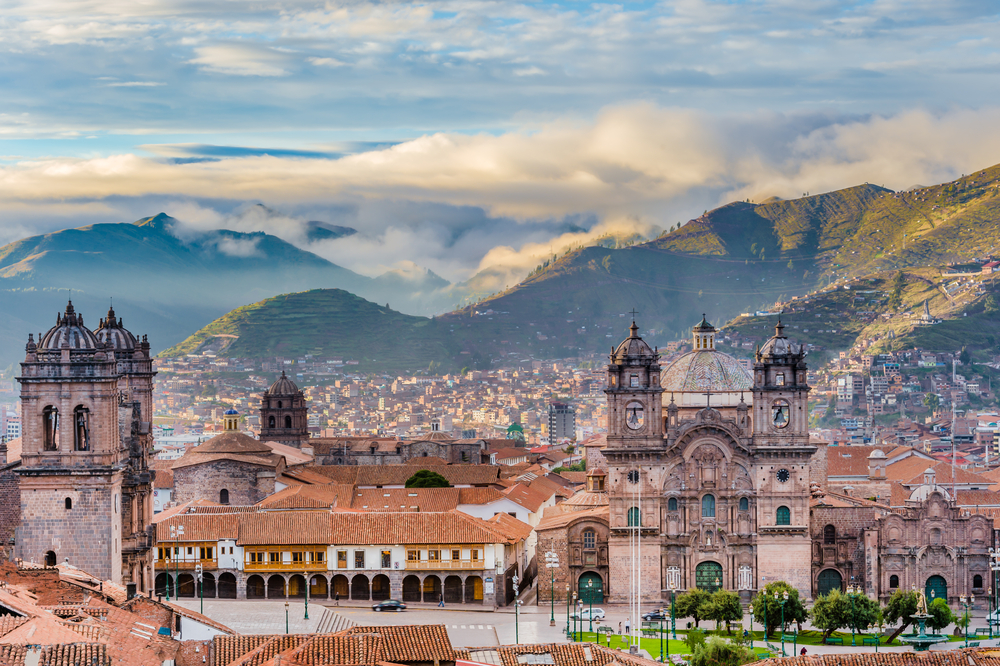
This is probably Peru’s finest religious festival, held the week before Easter. It is celebrated across the country but in particular in Cusco, Huaraz, Ayacucho and Tarma.
Fiesta de la Vendimia
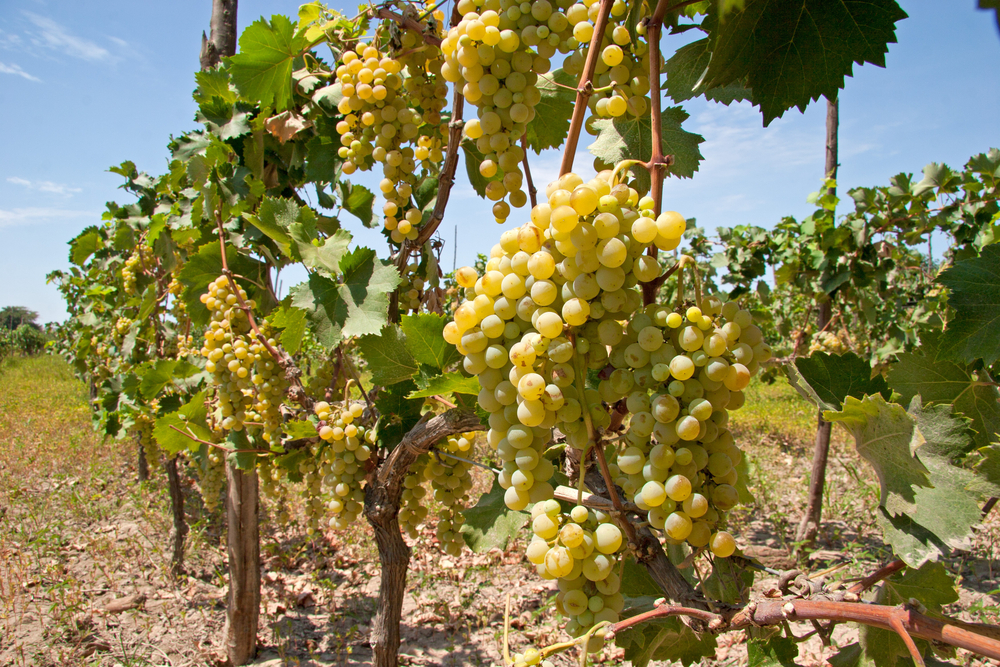
This wine festival is held in Ica, on Peru’s south coast, during the second week of March. It is held to celebrate the abundance of grapes and wine in the Ica region, and includes processions, dancing and the treading of grapes.
Puno Week
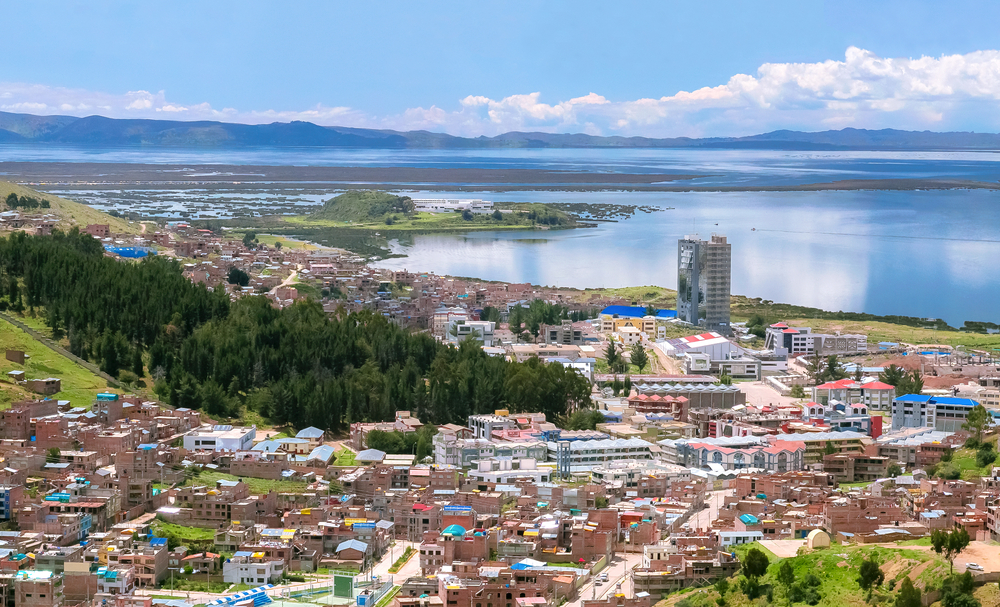
Held in November to celebrate the founding of the city of Puno by the Spanish, this festival includes a re-enactment of the appearance of Manco Capac and Mama Ocllo from Lake Titicaca.

Talk to one of our experienced Destination Specialists to turn your Antarctic, Arctic and South American dream into a reality.
Contact us